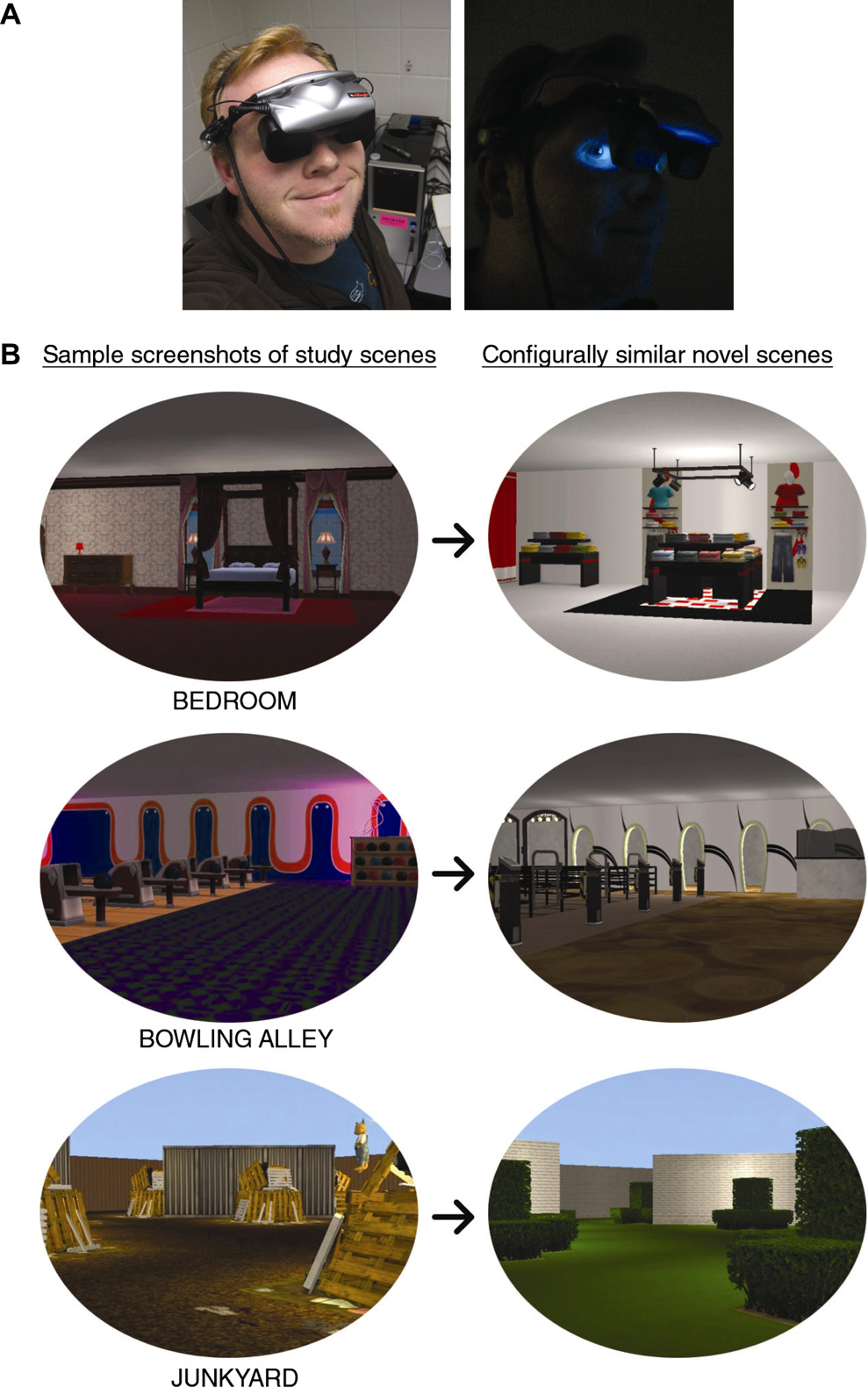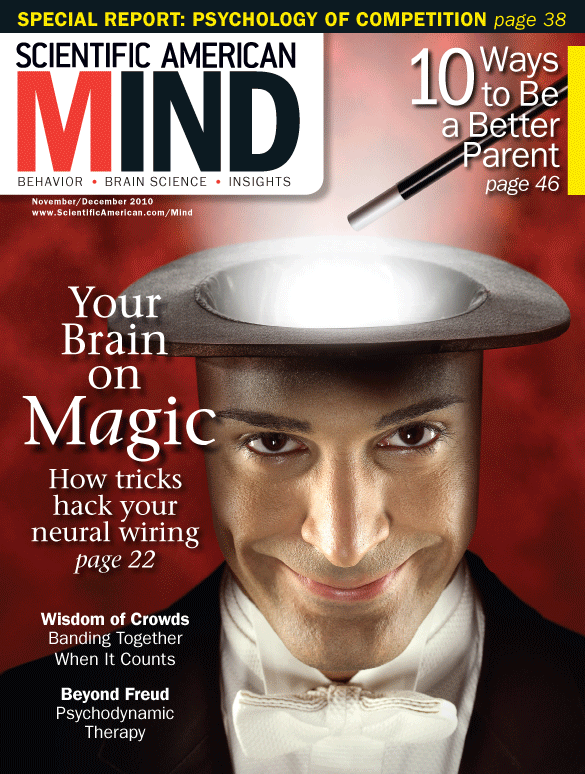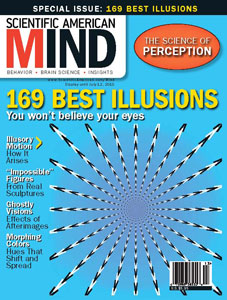 We just got our cruise documents for the Scientific American Bright Horizons 15 cruise departing on October 25th! The itinerary includes a private tour of CERN’s Large Hadron Collider, the Vatican’s Observatory, Athens, Ephesus, Haifa, and Jerusalem. Steve and I are two out of six featured speakers, and we are both looking forward to the experience.
We just got our cruise documents for the Scientific American Bright Horizons 15 cruise departing on October 25th! The itinerary includes a private tour of CERN’s Large Hadron Collider, the Vatican’s Observatory, Athens, Ephesus, Haifa, and Jerusalem. Steve and I are two out of six featured speakers, and we are both looking forward to the experience.
Except.
I made the mistake of reading the latest Table of Contents from the Proceedings of the National Academy of Sciences, and this title caught my attention: “Gender, social norms, and survival in maritime disasters“. Some Sleights of Mind‘s readers may remember that my grandfather Enrique survived the sinking of the SS Castillo de Olite, which claimed 1,476 lives (the greatest loss of life from the sinking of a single ship in Spanish history). Naturally, I had to know more about this study.
Swedish economists Mikael Elinder and Oscar Erixson analyzed 18 maritime disasters spanning three centuries, covering the fate of over 15,000 individuals of more than 30 nationalities. Their data shows that, Jack Dawson’s heroics notwithstanding, women have a clear survival disadvantage compared with men, and passengers are more likely to die than captains and crew. The authors conclude: “Taken together, our findings show that human behavior in life-and-death situations is best captured by the expression “every man for himself.””
I just hope they have enough lifeboats.
–Susana Martinez-Conde
 Neurons are brain cells and they are similar to the other cells of the body in most every way, except that they reach for each other and pass little messages between themselves. It all happens through tiny connections, and the messages themselves are individually simple, but they are traded on such a massively numerous scale, that together they somehow create the very core of your being. These circuits are the Genesis of the syrupy flavor on your waffles. They are the chocolatey goodness of your, well, chocolate. And they motivate you to search for another mouthful.
Neurons are brain cells and they are similar to the other cells of the body in most every way, except that they reach for each other and pass little messages between themselves. It all happens through tiny connections, and the messages themselves are individually simple, but they are traded on such a massively numerous scale, that together they somehow create the very core of your being. These circuits are the Genesis of the syrupy flavor on your waffles. They are the chocolatey goodness of your, well, chocolate. And they motivate you to search for another mouthful.
How this all happens—the ingredients of this mental Chop Suey—are not well understood. But a new tour de force of a study in Nature by Deniz Atasoy and colleagues brings us a little closer to knowing the recipe.
The group based at Janelia Farms in Virginia analyzed the connectivity between neurons within the hypothalamus, specifically within the arcuate nucleus, which are activated in normal behavior by the feeding hormone ghrelin, evoke voracious binge eating when stimulated, and lead to starvation when they are killed. It’s pretty clear that they are critical to regulating feeding behavior. These cells are called AGRP neurons because they express a poorly understood gene called AGouti Related Protein. The brilliant strategy of the researchers was to reverse engineer the connectivity of the AGRP neurons in order to determine the underlying circuits that drive AGRPs to ring the dinner bell.
The surprising answer was that AGRP neurons evoke eating, at least in part, by suppressing oxytocin neurons in the nearby paraventricular hypothalamus. Oxytocin is known as the “love hormone”, and so the result brings a whole new meaning to the term “comfort food” since the results suggest that you can only feel truly touchy feely when your hunger is sated.
–Stephen Macknik

“Deja-Vu x”, By Doris Redrupp: http://smillakatz.blogspot.com/2011/01/deja-vu.html
I hate to break it to all you Keanu Reeves fans out there, but a study from Colorado State University suggests that déjà vu is not what “happens when they change something” in the Matrix. Associate Professor of Psychology Anne Cleary used virtual reality to evoke déjà vu in the lab. The research, published in June in the journal Consciousness and Cognition, showed that déjà vu tended to occur when people viewed a virtual scene with a similar layout to a previously seen scene, but failed to recall the former scene.
Just like in the hotels.com commercial.

(A) The eMagin z800 3D head-mounted display (HMD); head-tracking enables immersive viewing of each scene through the turning of one’s head to
look around and 3D presentation allows for depth perception. (B) Sample 2D screenshots of configurally similar scenes (study on left; test on right). Though screenshots are 2D, the actual scenes were presented in stereographic 3D; each illustration represents only a portion of the
entire scene, as each could be viewed immersively by turning one’s head or body to look left, right, up or down.
From: http://www.sciencedirect.com/science/article/pii/S1053810012000049
Anne Cleary describes her research in a short video, and Michio Kaku discusses the alternative but unlikely possibility of déjà vu in the multiverse.
Have you experienced déjà vu?
Have you experienced déjà vu?
-Susana Martinez-Conde
 We just got our cruise documents for the Scientific American Bright Horizons 15 cruise departing on October 25th! The itinerary includes a private tour of CERN’s Large Hadron Collider, the Vatican’s Observatory, Athens, Ephesus, Haifa, and Jerusalem. Steve and I are two out of six featured speakers, and we are both looking forward to the experience.
We just got our cruise documents for the Scientific American Bright Horizons 15 cruise departing on October 25th! The itinerary includes a private tour of CERN’s Large Hadron Collider, the Vatican’s Observatory, Athens, Ephesus, Haifa, and Jerusalem. Steve and I are two out of six featured speakers, and we are both looking forward to the experience.








